As a result of constant use, the soils in orchards and kitchen gardens are becoming poorer, and the amount of nutrients contained in them is decreasing. The main among them, necessary for strong growth and high-quality fruiting, are macrocells nitrogen, phosphorus and potassium. They are vital to plants at different times of life, during periods of growth and maturation. Nitrogen is important for the formation of a strong stem and the growth of leaf mass, phosphorus is responsible for bud formation, potassium for the sweetness and shape of the fruit.
Content
Useful properties of potash fertilizers
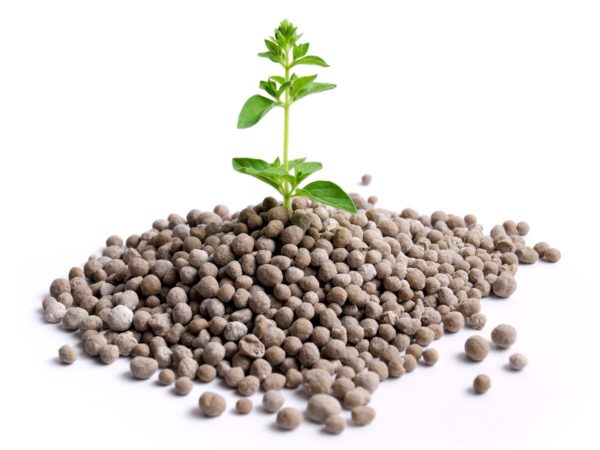
Potash fertilizers are necessary for:
- better and faster rooting of seedlings after planting in open ground or a greenhouse;
- leaf blade development;
- improving the taste of fruits;
- fruit bearing approximation;
- improving metabolism;
- protection against a number of fungal diseases;
- increase resistance to adverse weather conditions.
Determination of potassium macronutrient deficiency
Gardeners often face the problem of a lack of potash fertilizers in their garden, but attribute the changes in the appearance of tomato bushes to:
- adverse weather conditions;
- rare or frequent but superficial watering;
- drafts in a greenhouse, etc.
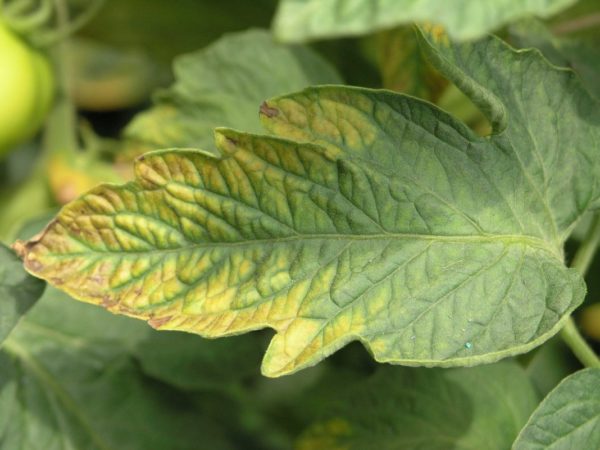
Potassium deficiency can be determined:
- By the appearance of dry light tips on the leaves. Soon they darken and spread to the entire leaf plate.
- Poor formation of ovaries, which entails a decrease in yield.
- Due to the uneven ripening of the fruits, they blush poorly at the stalk.
- By the deterioration of the taste of the fruit, they become acidic.
As a result, the shelf life of the crop is reduced. If these signs are found in tomatoes, produce root or foliar top dressing. But when planting in alkaline earth, it is worth remembering that the calcium contained there prevents the absorption of potassium from the soil. Therefore, before planting tomatoes, the acidity of the soil is checked. It should be neutral or slightly acidic.
 You may be interested in:
You may be interested in:Types of Potash Fertilizers
Among the mineral fertilizers containing potassium, in gardening are used:
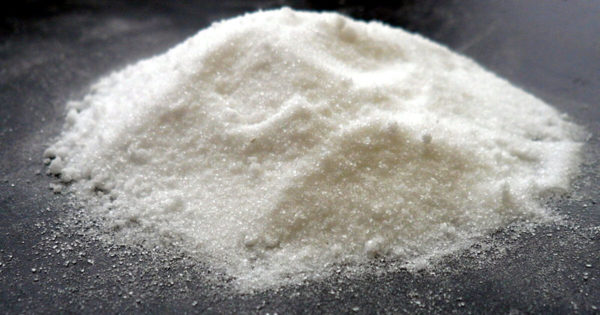
- Potassium nitrate (potassium nitrate). The potassium content in it is 46%, nitrogen -11.5%. It is preferable to use at the beginning of the vegetative period due to the presence of nitrogen, which provokes the growth of leaf mass and limits flowering.
- Potassium sulfate. It contains 50-51% potassium, and also contains trace elements - sulfur and iron. Used throughout the entire warm period, including as fertilizer for the winter, to form new buds for fruiting plants.
- Potassium Monophosphate (IFC). They are fed tomatoes before flowering, in the period flowering and fruiting to increase the number of ovaries, fruit growth and their taste. It can be applied in the winter with autumn digging of the soil. Fully soluble in water, does not contain heavy metals. It is used to increase the yield of tomatoes on poor soils.Fertilizing IFC saves the situation during prolonged rains, when tomatoes bloom, but do not set fruit.
- Kalimagnesia (CCM). Contains 30-32% potassium, 11% magnesium and the trace mineral sulfur. Magnesium is involved in the processes of photosynthesis, helps to transfer phosphorus from non-digestible forms to soluble, accelerates the growth of tomatoes and increases fruiting. Fertilizer is not very soluble in water, and it put in the holes when landing or they add during the season around the bush, but not under the root. Dissolving in the CMC gradually, it supplies the tomato with the necessary potassium. They also bring it under the winter digging of the soil.
Application Rate
All these fertilizers do not have chlorine harmful to any plants, do not have contraindications for use, both in greenhouses and in open ground. The application rates are approximately the same for them. After watering the tomatoes, dissolve 20 g (matchbox) of fertilizer in 10 l of water and feed, pouring about 1 l under the bush. With foliar top dressing, 25 g is dissolved in 10 l of water and sprayed on the leaves in calm, dry evening hours. In the morning and in the afternoon it is not recommended to do this, because the sun will quickly dry the drops of dissolved fertilizer, preventing them from soaking into the sheet plate. When adding dry granules and powder under the bushes, take about 30 g per 1 square meter. Then the soil under the tomatoes is loosened, mixing the fertilizer with the soil, and watered.
Complex fertilizers with potassium
There are a number of fertilizers that are called complex because they contain a selected percentage of macro and micronutrients. These include aquarin, rastrin, Kemira, nitrofoska, azofoska.
Organic fertilizer
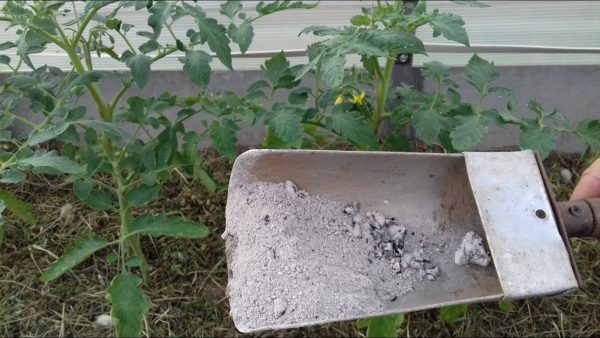
Organic fertilizers contain microelements in a chelated form, which contributes to their instant absorption and a longer effect on plants. The most famous is ash. She:
- removes excessive soil acidity;
- contains in its composition a whole complex of easily digestible minerals;
- fights fungal diseases;
- Helps soil microorganisms process organics
- favorably affects the rooting of tomato seedlings.
Depending on the material being burned, the content in the potassium ash ranges from 10 to 35%. Ashes are introduced when digging the soil in the spring, adding 3 cups per 1 sq. Km. meter. When transplanting seedlings in a hole, add a handful of this organic fertilizer. In rainy weather and the spread of slugs in the garden, the ash is sprinkled under the plants to improve the friability of the soil and the irritating effect on mollusks. It is not recommended to use ash together with nitrogen-containing fertilizers. Alkaline ash and acidic nitrogen fertilizers react and negate the effect of top dressing.
Banana peel as a source of potassium
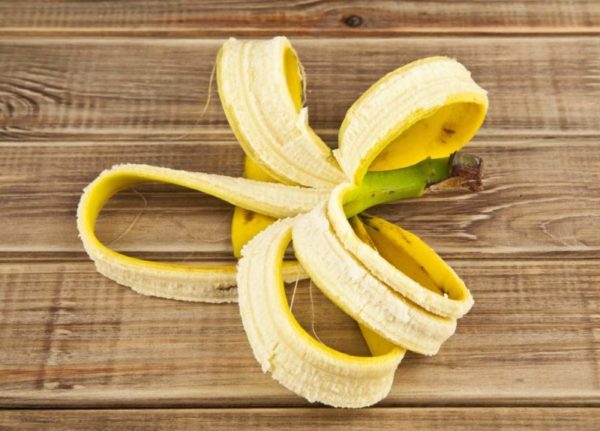
In a banana peel there is a complex of trace elements, each of which performs its function:
- Potassium. In a banana peel, its content is about 8%. It is required for the formation of ovaries, fruits of the correct form, increase the sugar content of resistance of tomatoes to diseases.
- Manganese. Takes part in the process of photosynthesis and the delivery of nutrients to plant cells.
- Calcium. It is responsible for the growth of the stem, roots and shoots.
- Phosphorus. Affects the process of budding, improves the process of assimilation of nitrogen, participates in the metabolism.
- Magnesium. Participates in the process of chlorophyll production, provides cell nutrition.
- Iron. It is necessary for the process of budding and shoot growth.
There are several ways to use banana skins:
- The banana peel is cut into small pieces, slightly dried. The tomato hole is made a little deeper than usual, put on the bottom of the peel, a handful of earth is added to prevent the roots of tomatoes from touching organic residues. Then plant a tomato bush. The rind rots in 10 days, providing the plant with the necessary nutrition.
- Dried raw materials are ground in a blender and sprinkled under a tomato bush as a top dressing 1 tsp of powder and water the plants.
- During the winter, banana skins are frozen and at the beginning of summer they prepare a healing infusion of 17-20 skins and 10 liters of water. Means insist 5 days with the lid closed in a dark place. Then produce fertilizing tomatoes, breeding 1 part of the infusion of 2 parts of water.
Top dressing
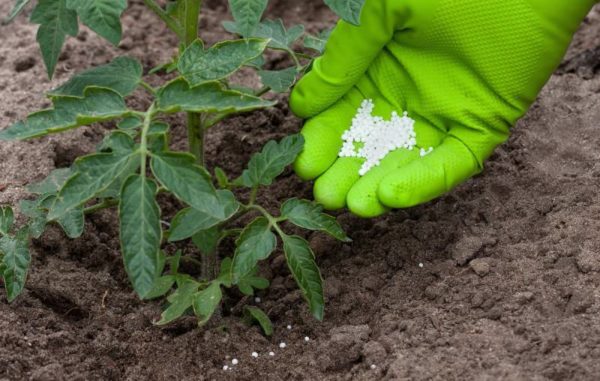
Initial application potash fertilizer produce before spring digging of the soil. It will take 30 g of potash fertilizer per 1 sq m. During seedling growth, top dressing is possible, prepared from 7-10 g of fertilizer mixed in 10 l of water. The following top dressing is done with complex fertilizer, which includes potassium. During the setting of buds, fertilizing with potassium salt, but not nitrate, is performed. After 10-15 days, the next fertilizer supply is performed.
In addition, the number of top dressings is affected by:
- appearance of the bush;
- ripening period;
- type of tomato.
Recommendations and Tips
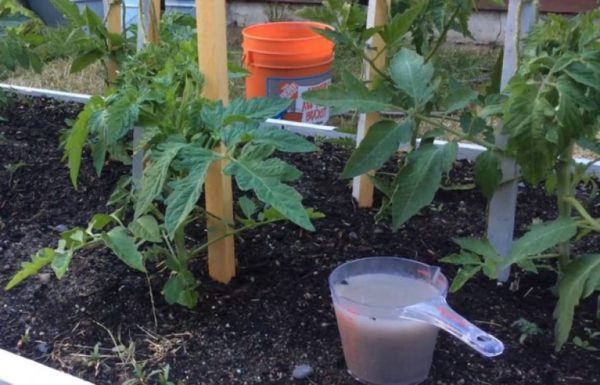
Many gardeners make mistakes by not observing the rules for preparing water concentrations of fertilizers, thereby harming the plants instead of benefits. But it is better to underfeed than to overfeed. Other rules should also be observed:
- Feeding is advisable in cloudy, warm weather in the morning or in the evening.
- Observe dosage according to the recipe.
- Top dressing is carried out after watering, otherwise it will lead to burns on the roots.
- When feeding, the solution does not fall on the trunk and leaves.
- It is undesirable to use cold water.
- The nutrient solution that has fallen on the foliage is washed off with plain water.
Advice:
- When harvesting a banana peel in winter, it must be cut and dried well, otherwise midges will appear in the apartment.
- You can not lay out fresh banana skins on beds under vegetables. This will attract flies. It is better to cut the skin and bury it not far from the roots, put it in a solution of green fertilizer during its preparation or send the skin into a compost heap.
- When burning garbage for ash, it is not recommended to throw magazines with glossy covers and pages into the bonfire.
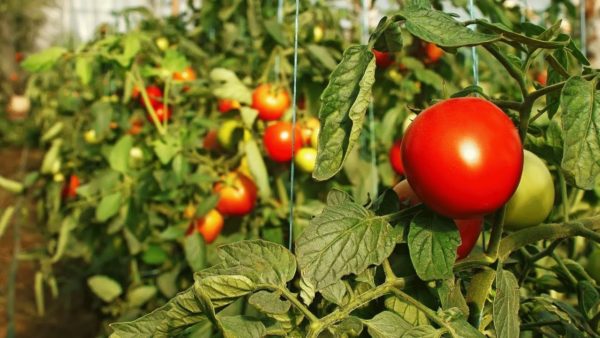
Potassium, as a macrocell, is vital for the quality growth and fruiting of tomatoes. With its shortage, the productivity and quality of the grown hearths decreases. Each gardener chooses to use mineral fertilizers, organics or combine them for top dressing. The main thing is to supply the plants with the right amount of an important element.

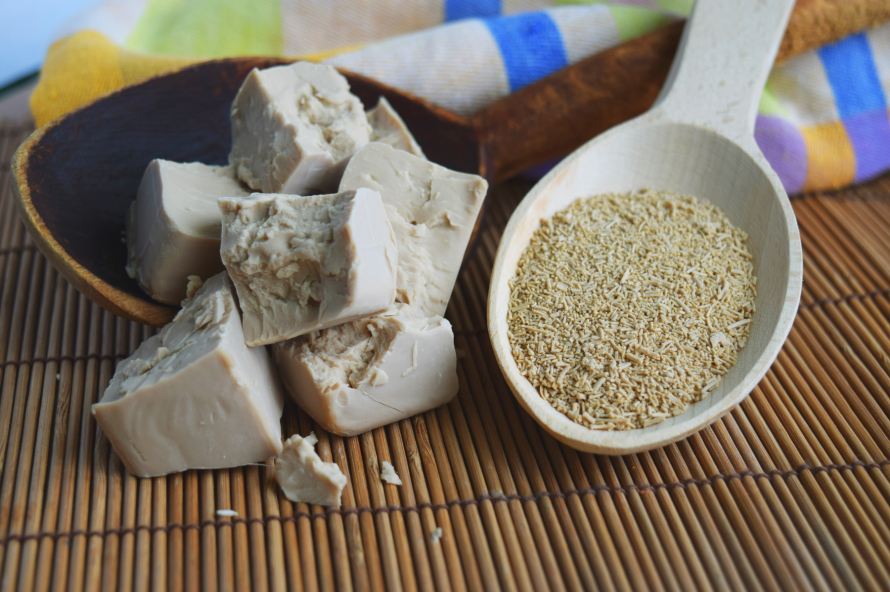
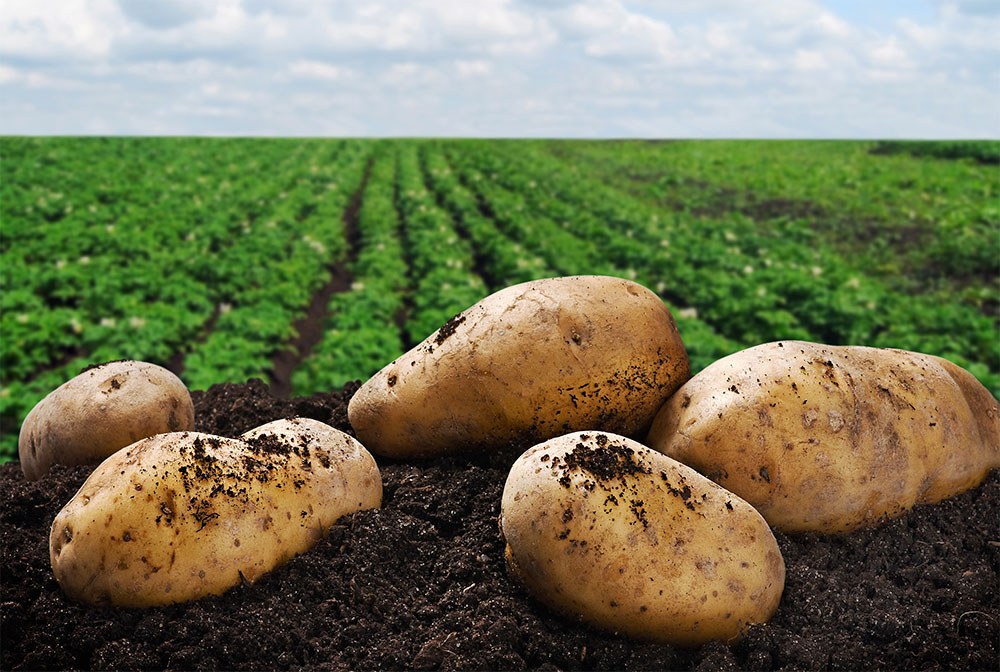
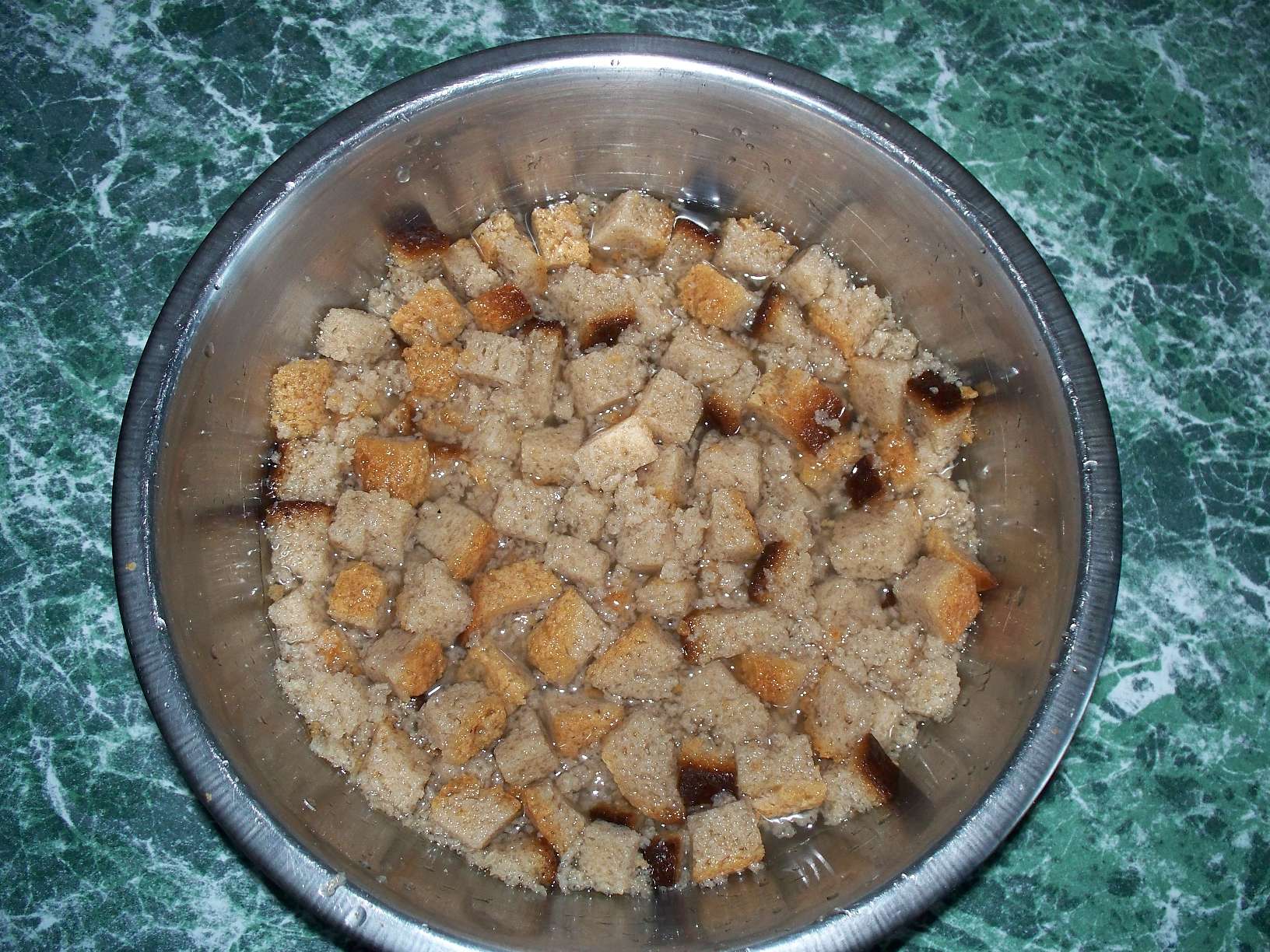
 Superphosphate: what is it and how to apply it
Superphosphate: what is it and how to apply it What problems can be expected from siderats?
What problems can be expected from siderats? Secrets of the collection, storage and use of eggshells in the garden
Secrets of the collection, storage and use of eggshells in the garden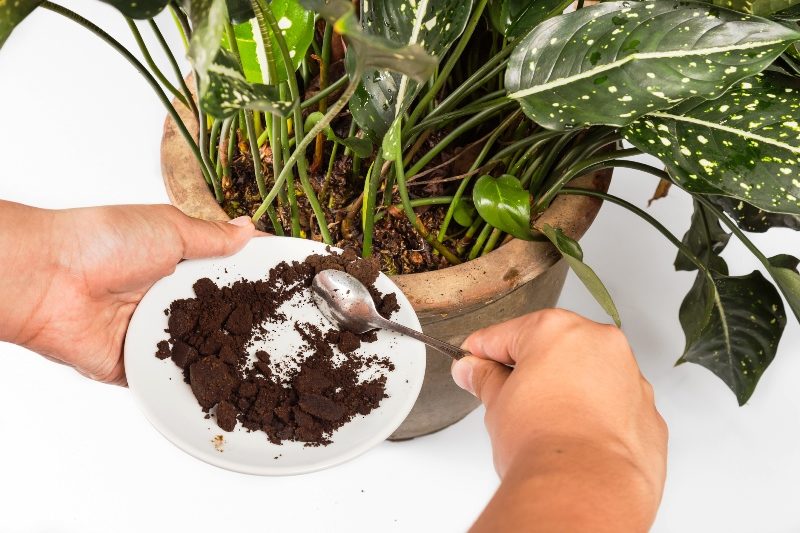 The most popular top dressing for indoor plants
The most popular top dressing for indoor plants